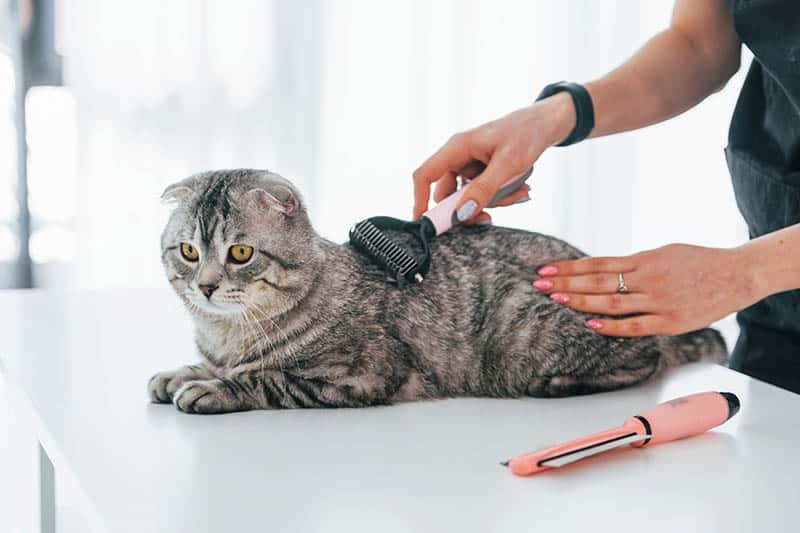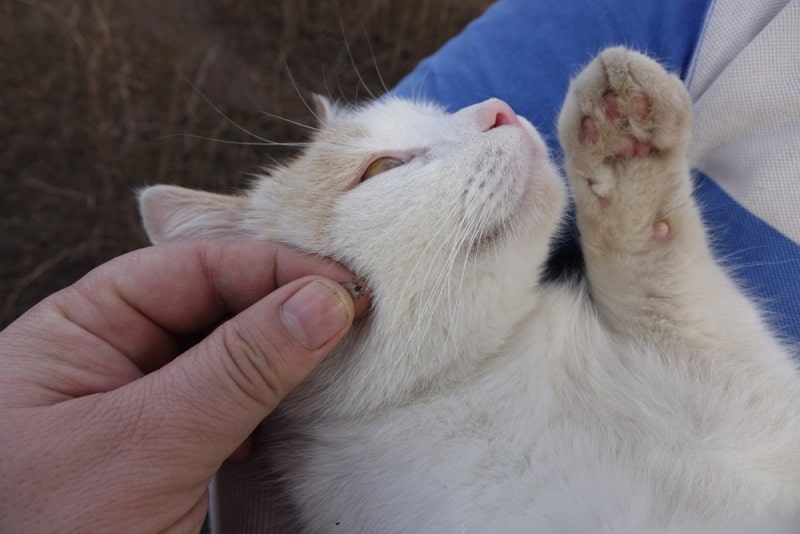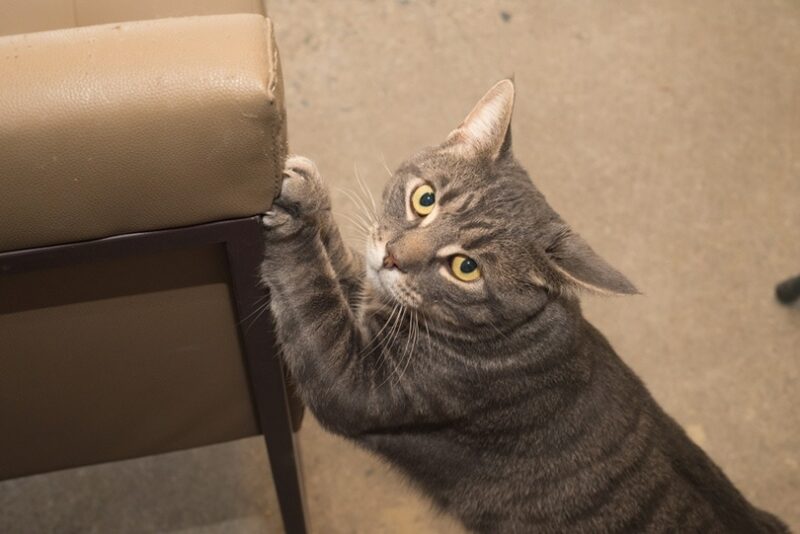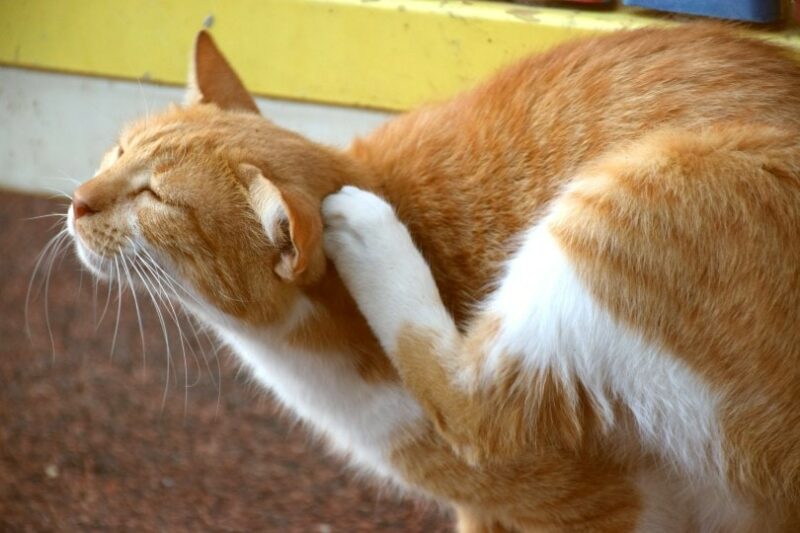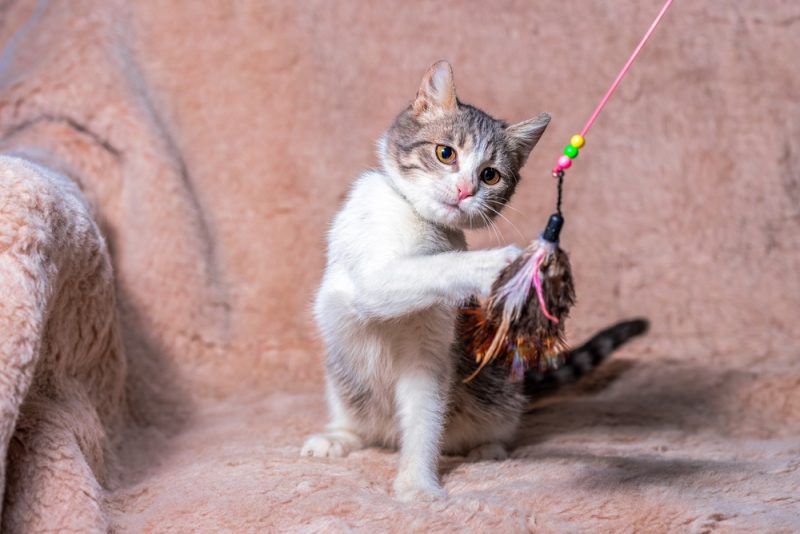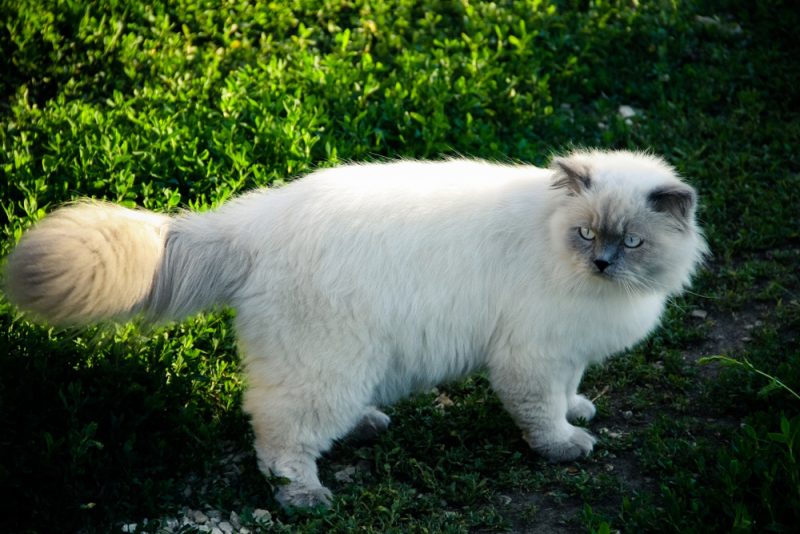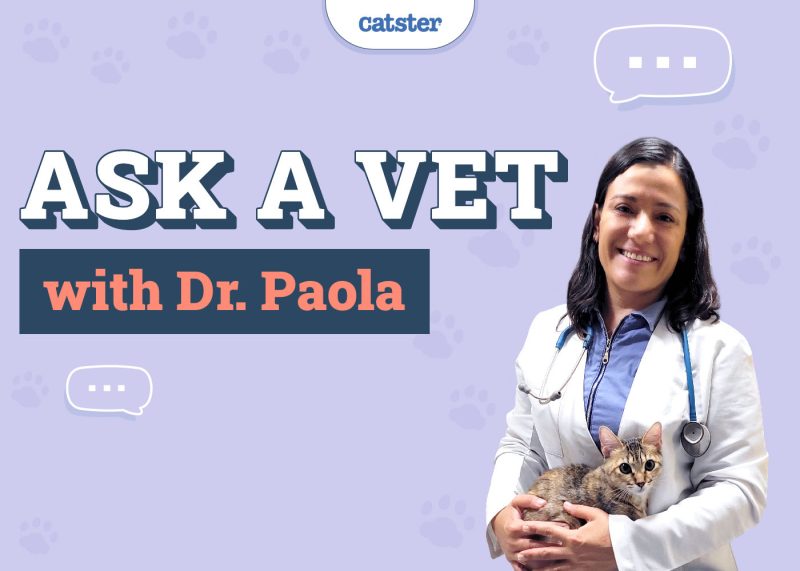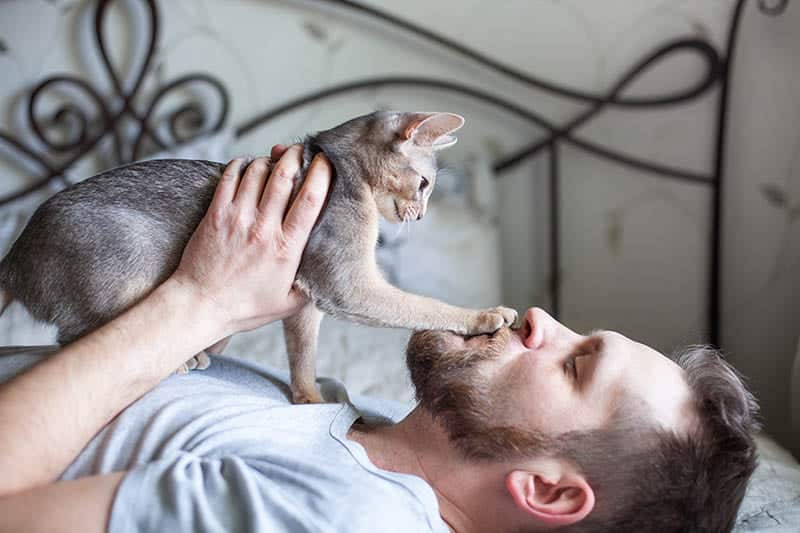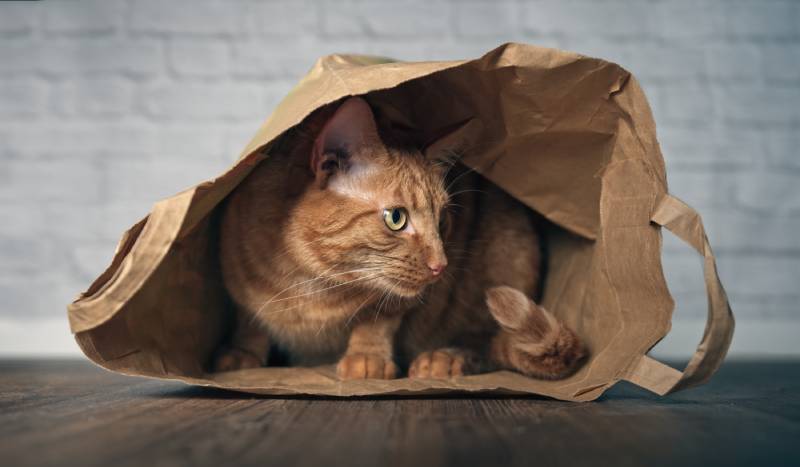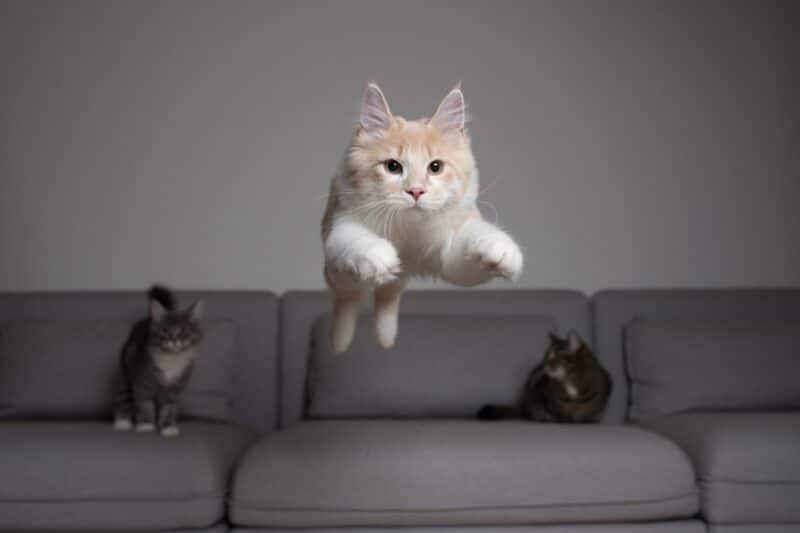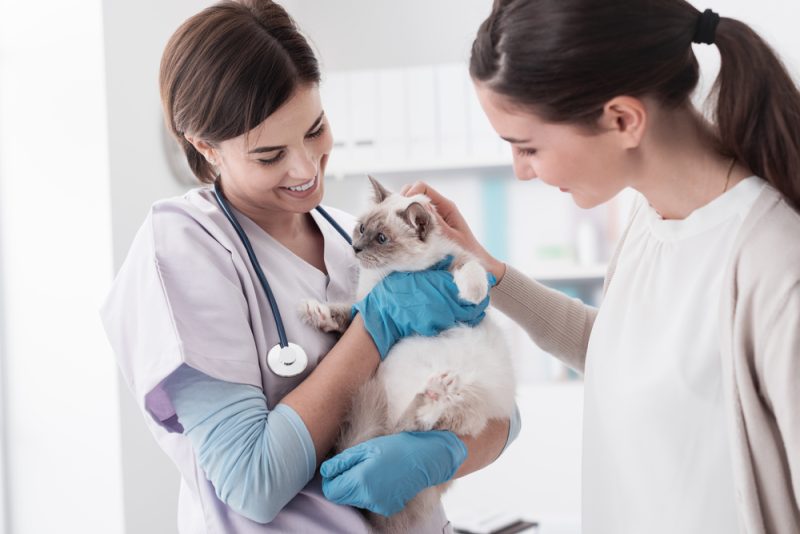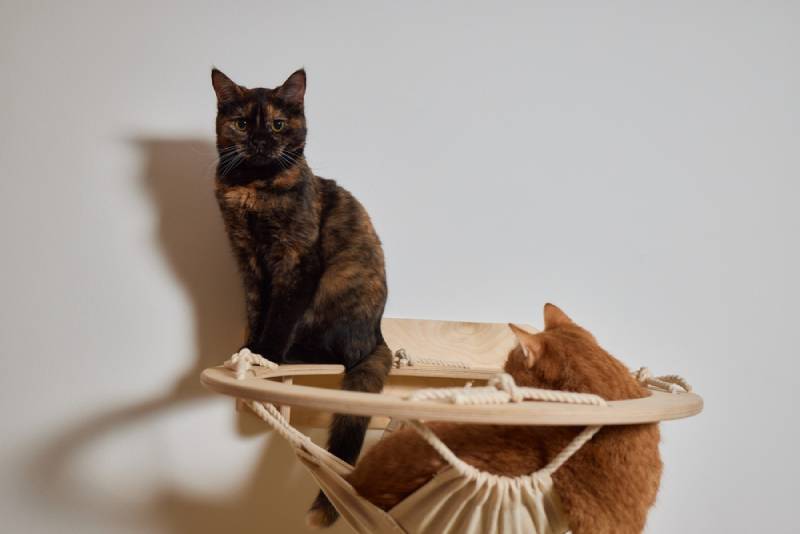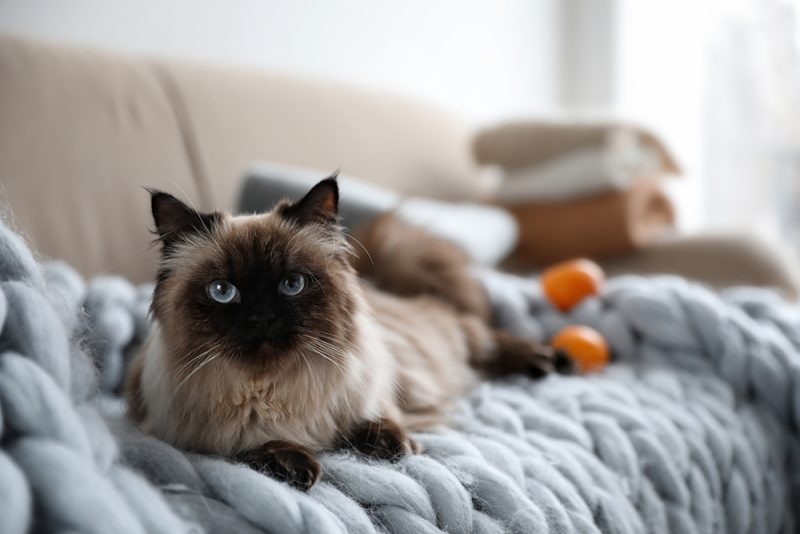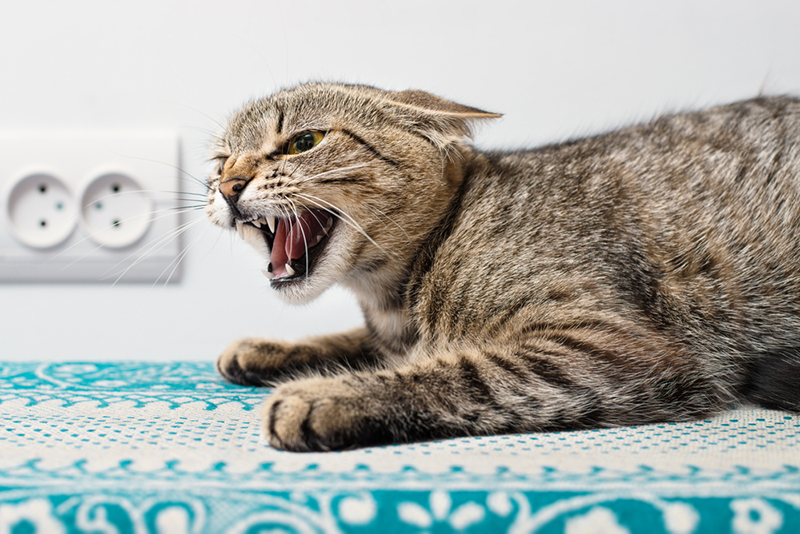Cats are fastidious groomers who pride themselves on their cleanliness. However, that doesn’t mean you don’t have to do your part to keep your kitty looking their best. Regular grooming sessions are an essential part of cat ownership, so if you’ve been slacking on your duties, it’s time to dust off that brush and get started. Read on to find nine common cat grooming mistakes, along with our tips on how to avoid making them.

The 10 Common Cat Grooming Mistakes
1. Not Starting Grooming Early Enough
The sooner you can start getting your kitty accustomed to being groomed, the easier it’ll be for both of you in the long run. Introduce them to grooming sessions slowly and offer lots of praise and tasty rewards so they can form positive associations with the process.
You’re not entirely out of luck if your cats aren’t kittens anymore, though, as with time and lots of patience, your adult kitty can learn to be comfortable with their grooms. Don’t force them into getting brushed or their nails trimmed if they’re clearly exhibiting signs of stress, anxiety, or aggression.
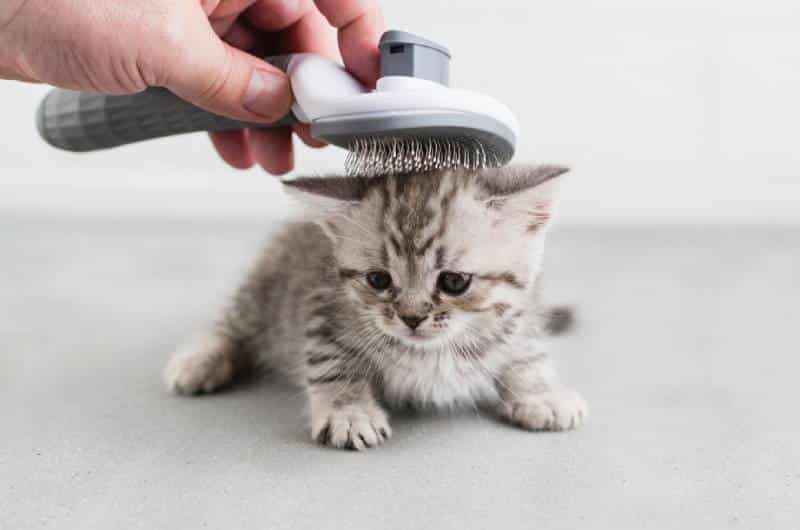
2. Using the Wrong Tools
The tools you’ll need to groom your cat will depend on their hair type and length.
Stiff bristled brushes and grooming mitts work best on cats with short hair or sparse undercoats as they work well to remove loose fur. Long-toothed brushes and combs are generally preferred for cats with medium or long hair, as they’re a miracle at smoothing minor tangles. Various de-matting combs are available for cats whose coats are prone to matting.
If you are looking for recommendations on the best cat brush, you should check out Hepper Cat Brush. You will hardly find different brush with so many pros - easy to clean, easy to use, durable and effective. Simply everything you need from a cat brush. Click here to order yours today.
3. Using the Tools Incorrectly
Now that you have the right tools in your grooming arsenal, you need to familiarize yourself with how to use them. Watch how-to videos on the brush or comb manufacturers’ websites or social media for tips.
Start with small, gentle strokes and begin with an area of your cat’s body where they enjoy being petted. It’s also important that you’re brushing with the grain and in the direction of the fur. Going against the grain can be uncomfortable for your kitty and may cause you to pull their fur out.
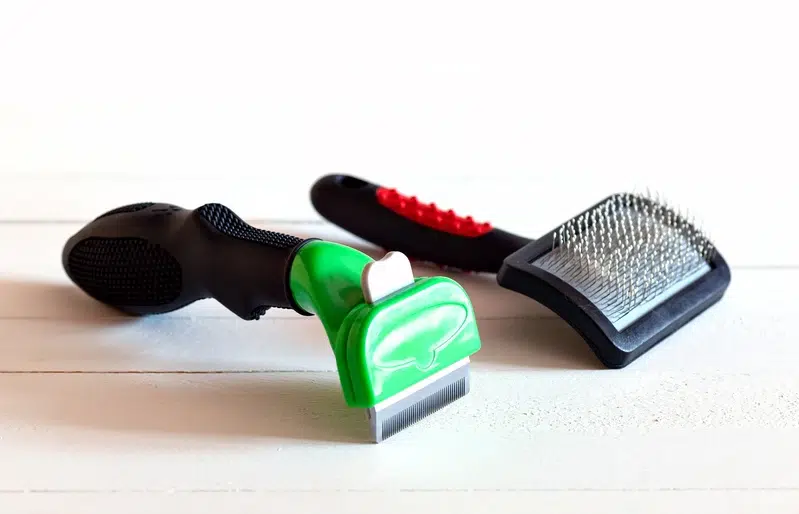
4. Pulling Out Matted Fur
Anyone who has ever owned a long-haired cat can tell you how tough mats can be to contend with. Matted fur occurs when your pet’s coat becomes knotted and entangled. They can be extremely painful, especially ones that have become firmly embedded.
You should never try to pull out or remove tough mats, as this is very painful and distressing. If the mats are too stubborn to remove via light brushing, it’s time to call in the professionals: a vet or a professional groomer.
5. Forgetting to Clean The Ears
It’s easy to forget about your cat’s ears when you’re so distracted tackling their loose fur or getting out tough mats, but they shouldn’t be ignored.
Most cats are fine without regular ear cleanings, though those prone to wax build-up or ear infections may need a little extra love. Some cleaners are aimed at addressing bacterial or fungal infections, while others are better at removing ear wax. Ask a vet for advice if you decide ear cleaning should be a regular part of your kitty’s hygiene schedule.
Cleaning your cat's sensitive areas can be tricky, but high-quality wet wipes can make it much easier. Try a natural, hypoallergenic option like Hepper's Wash Wipes, made with moisturizing ingredients and specifically designed to gently clean your cat's skin and fur. These wipes are as convenient as they are effective!
6. Not Offering Rewards and Praise
Cats learn best through positive reinforcement, so what better way to encourage your kitty to make positive associations with your grooming sessions than by offering rewards for a job well done afterward? Some great options for post-brushing treats include small pieces of cooked chicken, freeze-dried meat or fish, lickable treats, or cat treats.
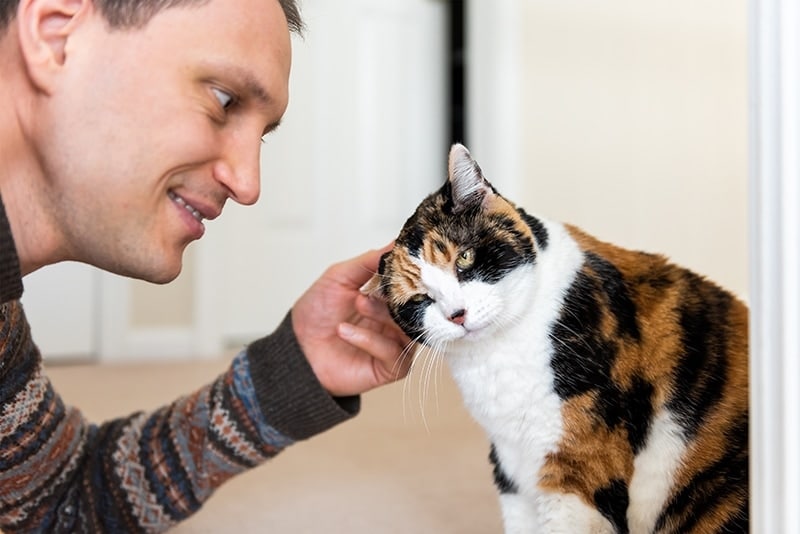
7. Checking On Paws
Some long-haired cats may require special attention around their paws as their toe tufts can get long without trimmings. Toe tuft trims may only be necessary if the fur is hindering your kitty from getting around the home safely or becoming matted with litter.
Clipping your cat’s nails is also a requirement during your grooming sessions. Nails that are allowed to get too long are at risk of snagging on carpets and hurting your kitty. Scratching posts are a great investment for your cat’s nail health as well as their physical and mental enrichment.
Trimming your cat's nails at home can be hard, but having a professional do it can be expensive. With the help of great tools like Hepper's Cat Nail Clipper Set, you can easily and quickly trim your cat's nails at home. This set includes two pairs of stainless steel clippers with safety guards and locking mechanisms, plus a built-in nail file and a convenient pouch.
8. Not Being Intentional
When we go to a spa, we’re provided a calming atmosphere with relaxing music and therapeutic treatments. While you don’t need to put on Tibetan bowl music or slather your kitty in massage oil for your at-home grooms, it is important to set the scene.
Be intentional with the times you’re choosing to groom your kitty. Don’t pick a time of day you know they’re gearing up for an hour-long zoomies session, as they’re going to be less receptive to you and the entire grooming process. Instead, coax them onto your lap and start with some gentle pets before introducing the brush. Go slowly to see if they’re ready and willing to be brushed, and then once they’ve given you the green light, you can continue.
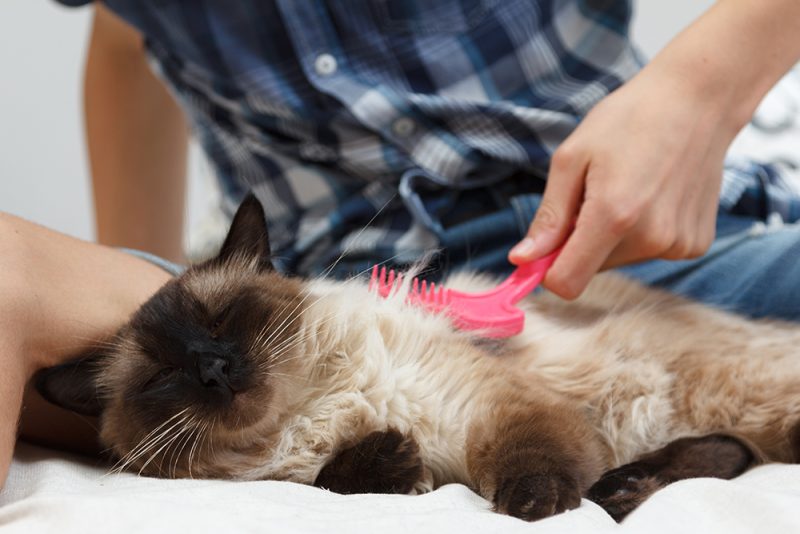
9. Letting Your Ego Get in the Way
As much as you want to tackle all your kitty’s grooming needs at home, sometimes it’s just not possible. If your cat is riddled with impossible-to-deal-with matting or in need of a shave, it may be best to call in reinforcements: a veterinarian or a professional groomer.
If you need to speak with a vet but can't get to one, head over to PangoVet. It's an online service where you can talk to a vet online and get the advice you need for your pet — all at an affordable price!

10. Thinking You Don’t Need to Groom Your Pet
Cats are fastidious groomers; every cat owner can tell you that. They spend a solid chunk of their day grooming themselves, but just because they’re meticulous about their cleanliness doesn’t mean that you don’t need to step in.
Regular grooming removes dust, dead skin, and loose hairs from your pet’s coat and prevents serious (and painful) matting. Plus, you’ll get to spend some nice quality time with your kitty while monitoring their health.
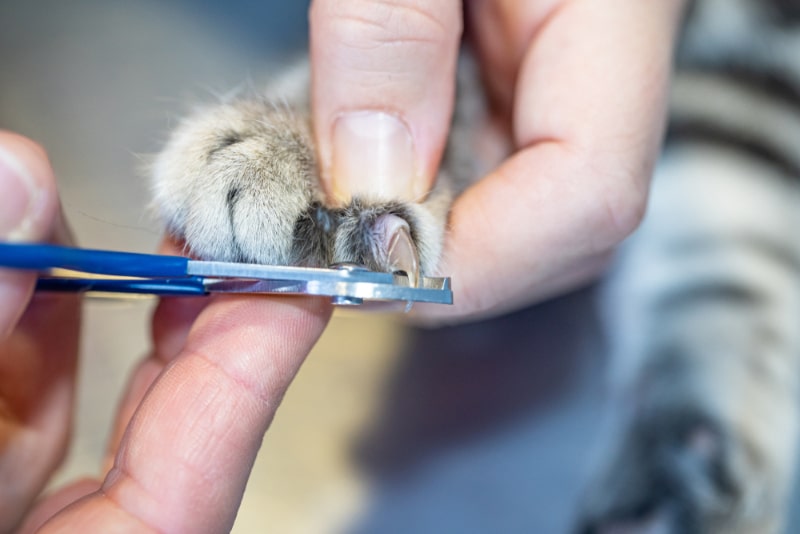

Final Thoughts
Grooming is an important aspect of cat ownership, so if you haven’t familiarized yourself with the tools you’ll require and the techniques to use, it’s better to get started later than never. It may take some time for older cats to get used to the idea of being groomed by you, but with time and patience, anything is possible.
Featured Image Credit: Standret, Shutterstock
